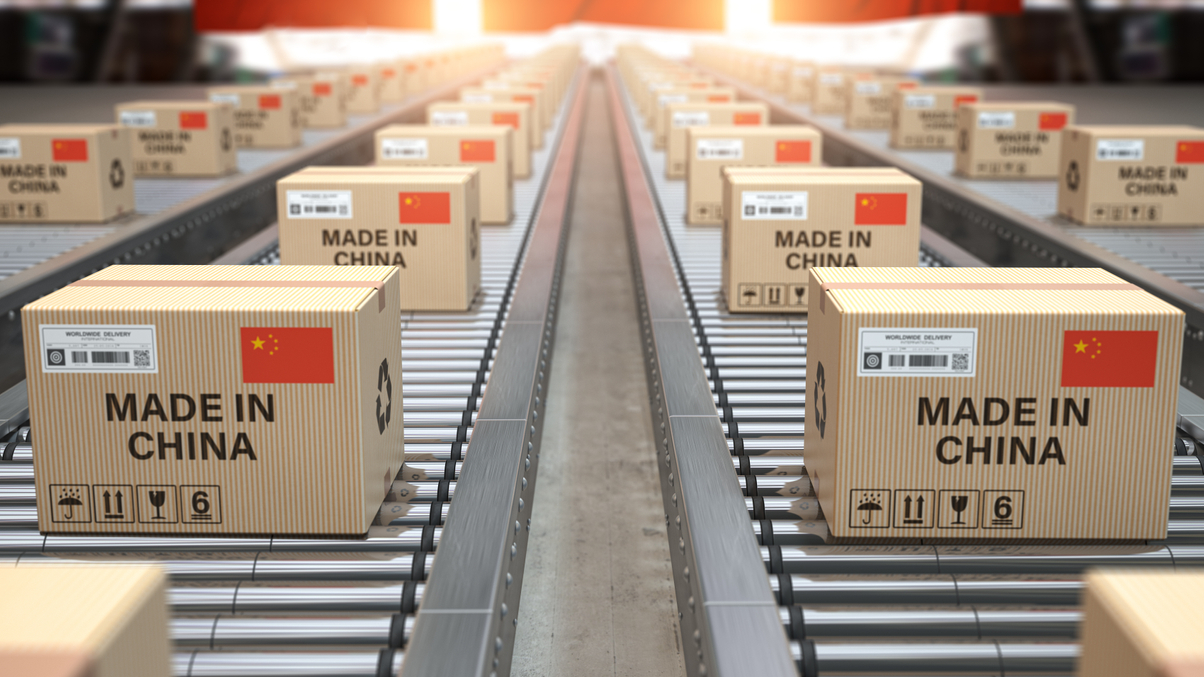Market Views: Where to invest after China’s key economic meeting?
Onshore equities and Renminbi fixed income are believed to generate decent returns for investors under policy easing, while infrastructure may rebound with government support.

After a turbulent 2021, China has put economic growth back to the top of its agenda while opting for patience on long-term structural reforms.
Sign In to Your Account
Access Exclusive AsianInvestor Content!
Please sign in to your subscription to unlock full access to our premium AI resources.
Free Registration & 7-Day Trial
Register now to enjoy a 7-day free trial—no registration fees required. Click the link to get started.
Note: This free trial is a one-time offer.
¬ Haymarket Media Limited. All rights reserved.


